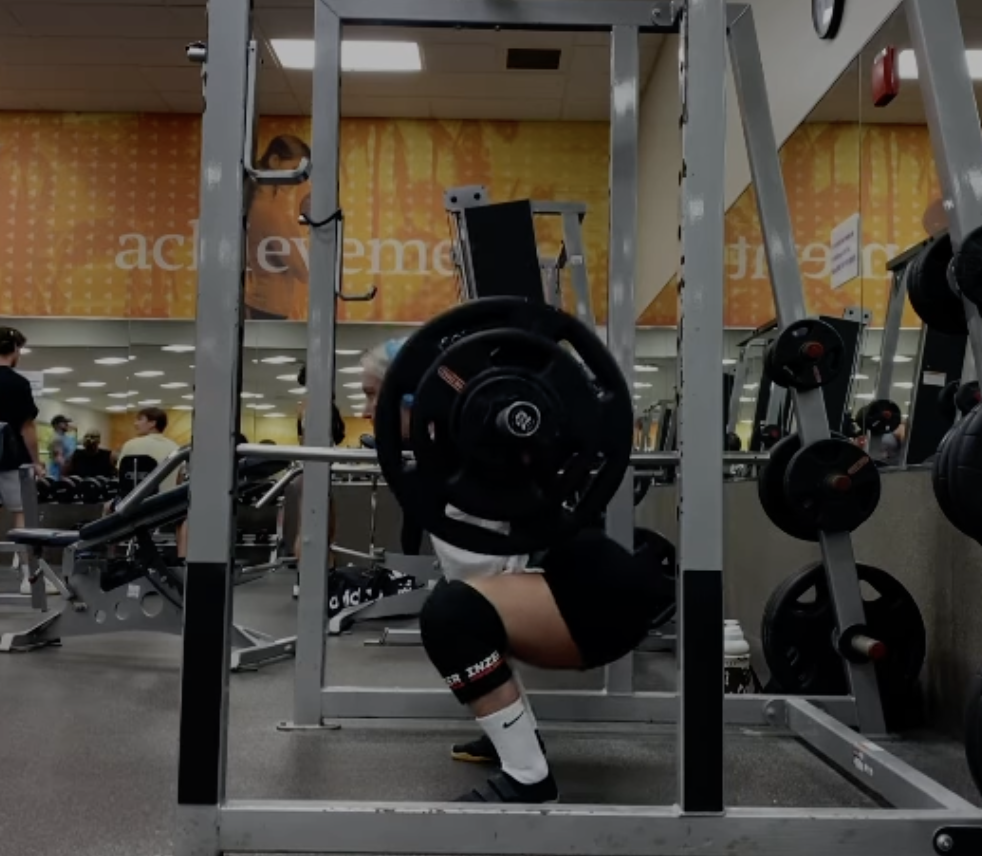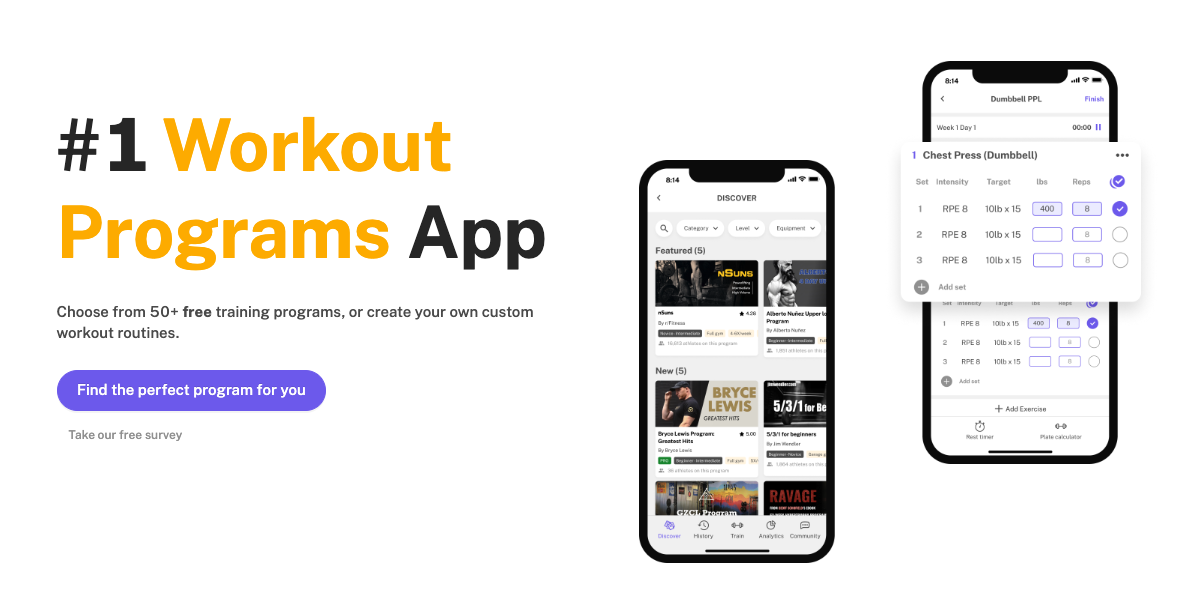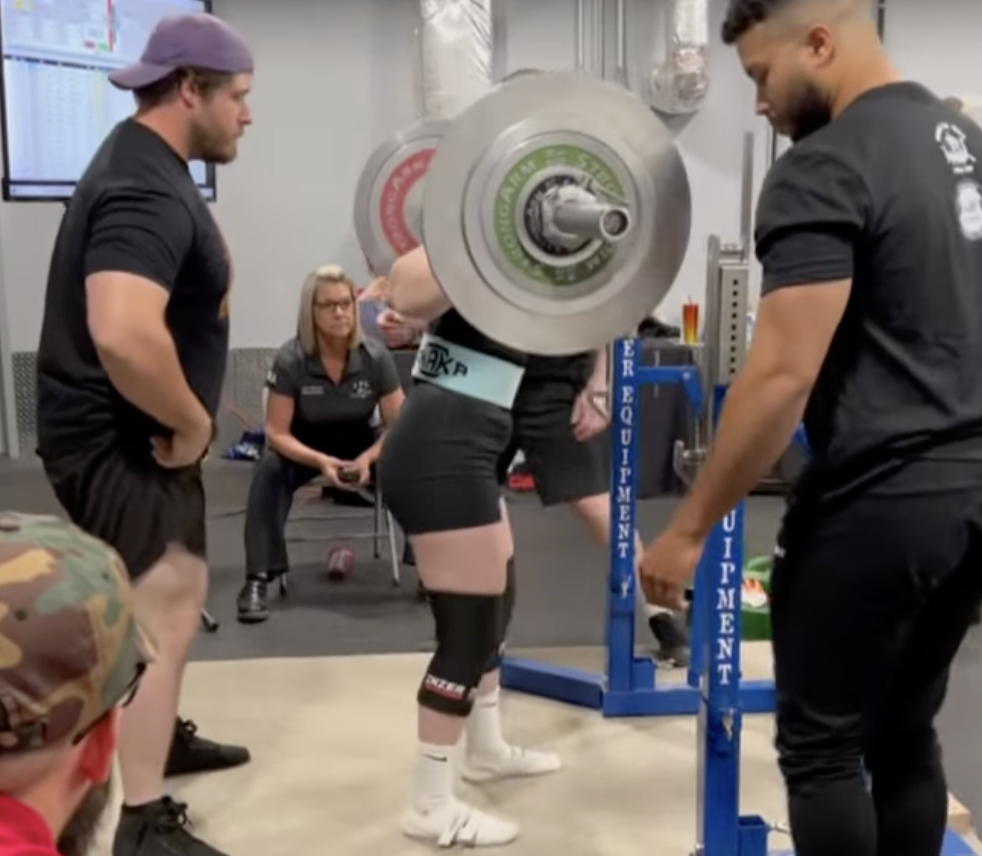How to Improve Your Barbell Squat
Written by The Boostcamp Editors
Skyrocket gains by perfecting the barbell squat
The barbell squat is a staple exercise in just about any workout routine, one of the big 3 power lifts, with the other two being the barbell bench press and the deadlift. The squat has been around for a long time, being used by both bodybuilders and strength athletes alike, as you can find it in just about any powerlifting, bodybuilding, or other training program. But, what many people do not realize is that they may be doing a few things wrong when they complete the movement. So, how can you find what you are doing wrong, and improve your squat form?
Let’s dive in.
What is the Barbell Squat?
The barbell squat is a well known, and heavily used compound movement that targets the legs as a whole, meaning it hits the quads, the hamstrings, the glutes, and calves. While there are plenty of other leg exercises such as hack squat, they will place more of an emphasis on certain areas of the legs. For example, in the hack squat’s case it is that area is the quads.
The barbell squat, the back version, a we are not talking about the front squat, is when the bar is placed on the lifter’s upper back and shoulder region, then the lifter will bend their knees and lower their glutes to 90 degrees or lower, and come back up to the starting position. From there, they will repeat that for the desired amount of repetitions. On the other hand you have the front squat, the bar is held in front of the body, across the front of the shoulders, which engages the quads and encourages an upright posture. This variation, known as the front squat, is a popular choice for targeting the quads and improving overall squat form. With the squat, you can also adjust your stance to a wider stance and so on. The low bar position, commonly used by powerlifters.
The barbell squat involves placing the bar lower on the back, which allows for a more forward lean and engages the posterior chain more, making it a popular choice of exercise. On the other hand, the high bar position, often used by weightlifters, keeps the bar higher on the back and allows for a more upright posture, which is beneficial for Olympic lifts.
However, despite the simplicity of the movement, many people still will complete it the wrong way when they are strength training, such as not utilizing proper form and truly risking injury, which can be detrimental to your overall progress. The barbell back squat, which activates the abdominal muscles, is a great exercise for muscle growth and core stability, but it is a bad idea to do it without proper form, as the risk of injury is high on this list. That being said, when it comes to executing this lower body exercise, we have the guide for you.
Common Mistakes With The Barbell Squat

By completing the squat wrong, we don’t mean that people are doing the complete wrong movement, but rather small errors within the lift that can have a large impact on the result. For example, performing the squat with errors has a direct impact on the size and strength of the lifter. So, what are these errors that we are talking about? Proper shoes can make a world of difference in preventing slipping or sliding and promoting a better, more upright squat.
Range of Motion
Now we understand that things like ankle mobility all that can affect the range of motion. However, not hitting depth is the biggest issue when it comes to squatting, people do not hit depth. Proper depth for a squat is 90 degrees or below, meaning the hamstrings and glutes are parallel to the floor, or lower at the bottom position. While some people say that depth is not important, this is not correct, as hitting proper depth and achieving a greater range of motion, also known as squat depth, is crucial to muscle and strength gains, especially for those with tight hips.
Going lower on your squat will activate more muscle fibers, stretching them and tearing them down much more than half reps or partials will. This in turn will help your muscles grow back bigger, with proper recovery of course.
Not completing a full range of motion will also inhibit your strength gains, making you stronger on only some parts of the lifts. For example, if you are only squatting half reps, you will only make strength gains on the top half of the movements. Squatting as low as possible will help you gain strength throughout all parts of the movement, treating each repetition in the set like its own single set. This will ensure that you are building strength evenly and effectively.
Too Much Weight
The next biggest problem prominent with squats is going too heavy, sometimes too quick. Sure, hitting one rep maxes is great, but going too heavy to the point where you cannot control the weight for a decent number of reps is almost pointless. Going too heavy compromises form and risks injury as well, as the squat places a lot of pressure on the lower back and midsection (you need a strong core to squat), so things like pulled muscles, pinched nerves, hernias are not uncommon with going too heavy on the barbell squat. To avoid this, it is important to gradually increase weight and focus on proper form before attempting a heavier squat with heavier weights.
How to Improve Your Barbell Squat
Now, do not worry, as there are plenty of ways to improve the movement for yourself and really maximize your return on investment with this lift. Let’s break down how to survive a session in the squat rack.
Full Range of Motion
Squatting with a full range of motion, including a deeper squat and narrower stance, is key to getting the most out of your squat movement. You want to take a deep breath, and squat as low as your knees will allow you to, making sure to get a deep stretch and a good mind-muscle connection throughout the entirety of the movement. This means going beyond parallel and aiming for a deeper squat with a narrower stance, which has been shown to require more muscular effort and lead to greater muscle and strength gains.
Lighter Weight
Squatting with a full range of motion in turn will probably mean that you need to utilize weight that is a little bit lighter. This does not mean use weight that you can hit 100 reps with, but instead find a weight that allows you to get a good pump and you can hit a few solid reps with, making sure to get the most out of your workout, especially if it is your first time squatting with full range of motion.
Workout Programs
Finding a good workout program that includes the barbell squat is also a great way to improve your squat. A strength program allows you to track your progress, and also holds you accountable to improve yourself each week, utilizing things like progressive overload and deload weeks to allow you to grow.
When it comes to finding some quality workout routines that forward your progress on movements such as the squat, check out the Boostcamp App for some great programs. Whether that is push pull legs or upper lower or whatever else you may be trying to do, Boostcamp has something for you. You would want to find a program that caters to your needs, gives you good accessories to do, and guides you in the right direction, making sure that you are making the most gains. If you are looking to stay on track and continue with linear progression, then finding a good workout program is the key, and Boostcamp is the place to do it.
Benefits of the Barbell Squat
You see a lot of people these days skipping out on the squats and instead using machines such as the leg press, hack squat, or other exercises. They are only shorting themselves on gains, because the barbell squat is one of the best leg day exercises that you can throw into your routine. It develops you overall in so many different areas, including building muscle mass and reaping the benefits of heavy squats.
Benefits of the barbell squat include:
Improved stability- Having a barbell on your back and maintaining good form while moving it will undoubtedly improve your stability and balance.
Core strengthening- The squat forces you to brace your midsection, and your core is used for a good portion of the lift.
Leg development- The barbell squat is a leg movement that targets all areas of your legs, making it a great overall leg builder.
Improved hormone levels- Hitting heavy leg movements have shown to provide spikes in growth hormone as well as testosterone, which are both necessary muscle building hormones
Mental state- The squat forces you into a position of discomfort, you have a heavy barbell on your back that you know can severely injure you if you do not complete the movement properly. This makes you stronger mentally, as you are placed in a position of vulnerability, you have to get in the hole (squat to depth) and push yourself out of it even with something weighing you down.
Wrap Up
Overall, the barbell squat is a great movement that should not be ignored, the problem is that so many people perform it incorrectly and do not even realize it. However, there are plenty of ways to improve your squat, such as adjusting the amount of weight you use, improving your range of motion, and utilizing a workout program to name a few.
Will you be trying any of these methods that we have suggested to improve your squat?
Be sure to follow Boostcamp on Instagram and subscribe on YouTube!


